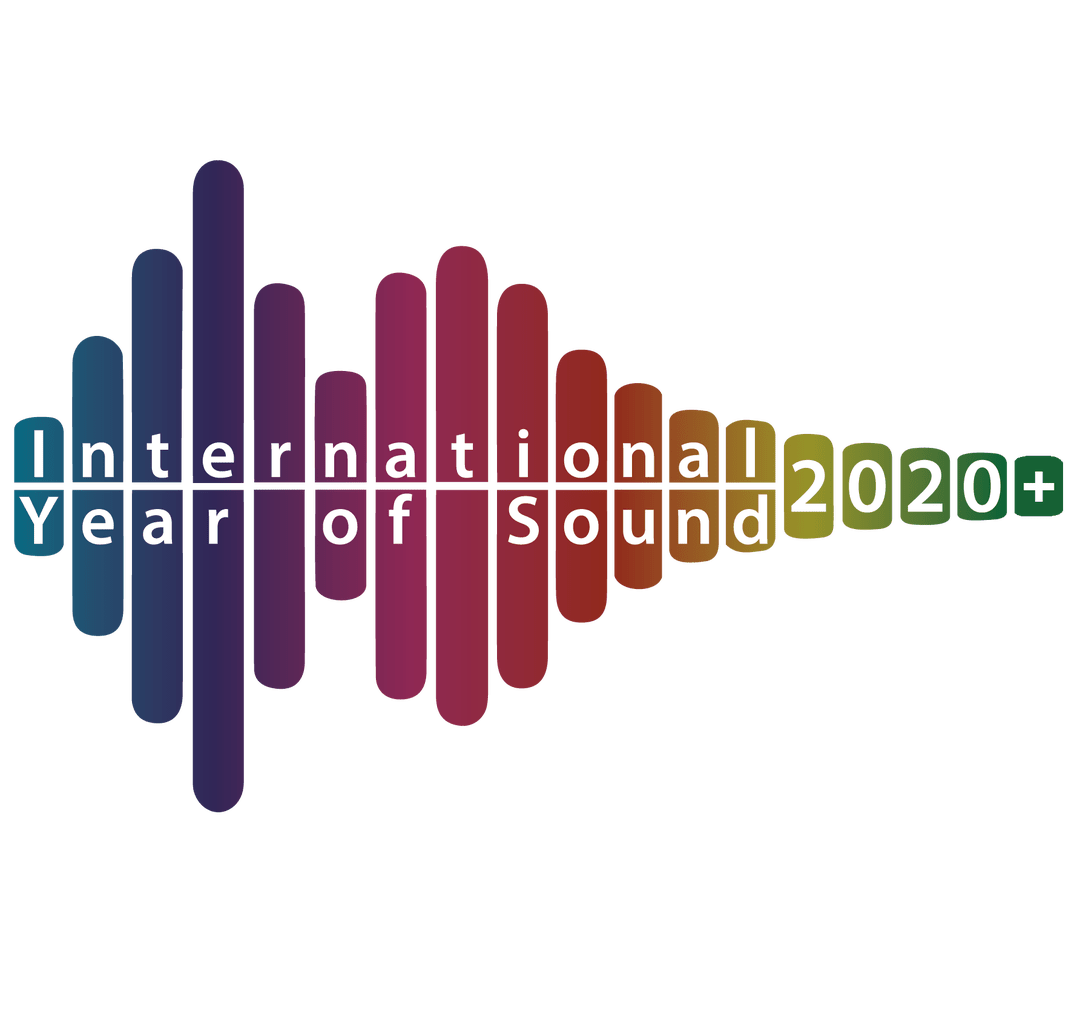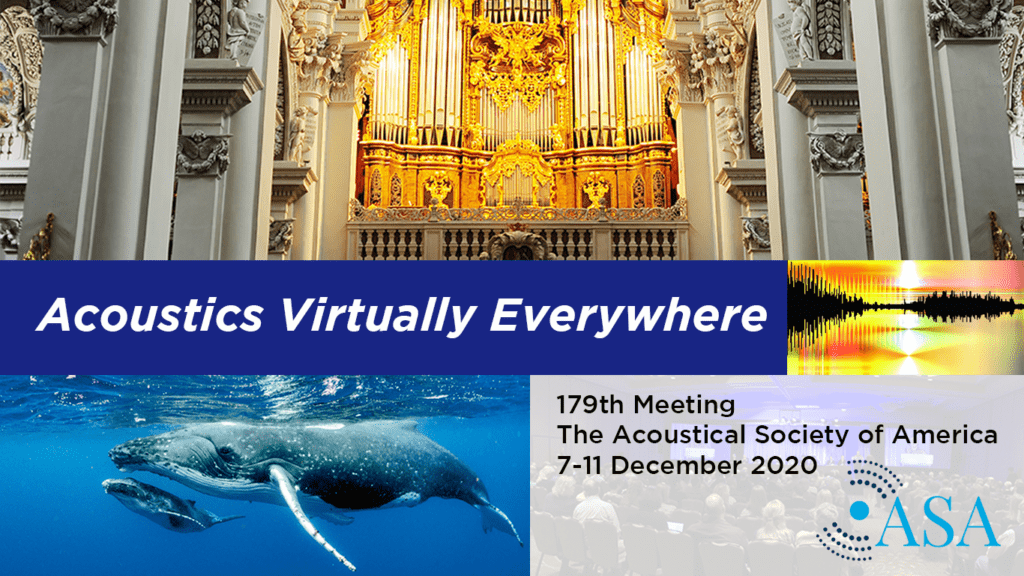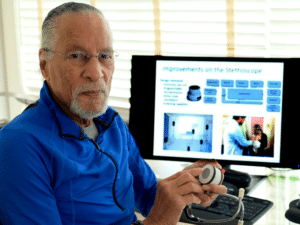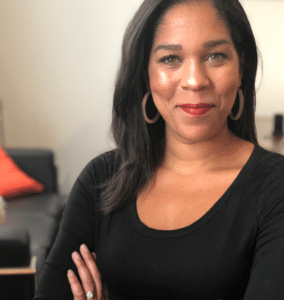Register On-Line for Acoustics Virtually Everywhere
OTHER INFORMATION
INSTRUCTIONS FOR SUBMITTING ABSTRACTS ONLINE
Complete instructions for the preparation and submission of abstracts is provided online.
Acknowledgment that your abstract has been received will be sent by e-mail. Please note that if you do not receive an email message your abstract has not been entered into the database.
- Online Abstract Submission site is accessed here.
- You must first create an account and set up a username and password if you have not already done that in connection with submission of abstracts for prior ASA meetings.
- After logging into the submission site, click the “Submission” tab.
- To begin a new abstract click “Create a New Submission” in the sidebar located on the left-hand side of the screen.
- If at any time during the submission process you need technical support click the “Get Help Now” button at the top of the screen.
- Abstracts are limited to 200 words (approximately 1500 characters).
- The body of the abstract can be cut and pasted into the submission site. Note that LaTex coding must be entered using the Special Character palette which appears on the Title/Body Screen.
- Authors must designate the technical area in which they are submitting abstracts. Authors who have been invited to present in a special sessions must indicate that the abstract is invited and the title of the session in which they have been invited to participate. Contributed authors have the option to request placement in a special session but such placement is not guaranteed. Special sessions are listed by the sponsoring Technical Committees. First select the Technical Committee and then the special session from the dropdown lists online. Please refer to the special session list above https://acousticalsociety.org/wp-content/uploads/2020/07/sessions_for_calls.docx.
- Enter all authors and their affiliations in the order they should appear in the abstract. Note: Only one affiliation may be included for each author.
- Carefully check the proof of your abstract. Make sure all special characters and formatting are displaying properly and that the authors and affiliations are listed in the proper order.
- When all the required information for your submission is entered, the “Submit Abstract” button will appear at the Proof and Submit stage. Click the “Submit Abstract” button to submit the abstract.
- Upon submission of your abstract you will receive an e-mail confirmation.
- To view or edit an existing submission click “View Submissions” in the sidebar located on the left-hand side of the screen.
- To edit an existing submission you must select “Return to Draft” and then select “Edit.” All abstracts that are returned to draft must be resubmitted to be entered into the system. If not, the submission will remain in the Drafts table
ABSTRACT SUBMISSION GUIDELINES
An abstract of not more than 200 words is required for each paper, whether invited or contributed. Abstracts longer than 200 words will be truncated. Authors must submit abstracts online.
All abstracts must be submitted by 10 August. This deadline will be strictly enforced. Abstracts submitted via postal mail or e-mail will not be accepted. Abstracts will be rejected if they do not comply with the instructions.
Invited Abstracts, Contributed Abstracts, Session Format
Authors should be prepared to accept assignment to lecture or poster sessions.
Authors of invited papers must indicate the title of the special session in which they have been invited to participate at the time the abstract is submitted.
Authors of contributed papers may request placement of their abstracts in special sessions. The request will be honored, if possible, but there is no guarantee such abstracts will be scheduled in the requested sessions.
If no special session placement is requested, contributed papers will be scheduled in sessions with abstracts of similar technical content.
Abstract Acceptance
Submitted abstracts will not necessarily be accepted for the meeting. Acceptance is based on the following factors: adherence to the guidelines given here, clarity of writing, originality of the contribution, appropriateness of the subject matter to the ASA, correctness of the content, and the significance of the contribution. The ASA reserves the right to reject any submitted abstract without giving extensively documented reasons.
The presentation, and therefore the abstract, must be relevant to the field of acoustics, and focus on scientific developments, applications, standards, or education. Statements of political advocacy or explicit advertisement of products or services must be avoided.
Abstract Disclosure Statements
Authors who submit abstracts, known as the Corresponding Author, will be asked to answer the following questions during the submission process on behalf of all authors of the abstract:
1). Verify compliance with the “Ethical Principles of the Acoustical Society of America for Research Involving Human and Non-Human Animals in Research and Publishing and Presentations” by all authors listed on the abstract [Click here for the full Ethical Principles of the ASA].
2). Author Disclosure 1
All contributing authors of this abstract concur with the submission of this abstract, with their names being included and with the order in which the names are listed.
3). Author Disclosure 2
The author list is complete-no name has been omitted of any person who has contributed substantially to the intellectual and creative aspects of the work. Please select a response.
Abstract Limitations
Authors contributing papers in Speech Communication are also encouraged to select poster-style presentation which is the default for Speech Communication sessions.
While authors may indicate a preference for presentation style, it may not always be possible to honor the request. Authors should be prepared to accept assignment of their abstracts to either lecture or poster presentation.
Acknowledgment of Receipt of Abstracts Submitted Online
Corresponding Authors will receive an e-mail message confirming that their abstracts have been received. Acceptance notices will be sent to authors by October.
INFORMATION ON BEST PAPER AWARDS FOR STUDENTS, YOUNG PRESENTERS,AND EARLY CAREER AUTHORS
Note: The following Technical Committees will not sponsor Best Paper Awards at
Acoustics Virtually Everywhere: Animal Bioacoustics, Noise, Underwater Acoustics
Several ASA Technical Committees offer Best Paper Awards to students, young presenters, and early career presenters. For each award program the author must comply with the eligibility requirements that appear below. For all awards, the eligible author’s name must appear as the first author of the abstract and must be the author who presents the paper at the meeting.
If you want your paper to be considered for an award, you must indicate this when you submit your abstract. Follow the instructions for the appropriate technical area that appear below.
ASA Best Student Paper Awards
Committees Offering These Awards: Acoustical Oceanography, Architectural Acoustics, Biomedical Acoustics, Engineering Acoustics, Musical Acoustics, Psychological and Physiological Acoustics (spring only), Signal Processing in Acoustics, Speech Communication, and Structural Acoustics and Vibration.
Award Amounts: For each of the Technical Committees granting awards, up to two awards will be presented to students presenting papers in sessions organized by the specific Technical Committee: USD $300 for first prize and USD $200 for second prize.
Qualifications:
To qualify for each of these awards, an author must:
- be enrolled as a student at least half-time (graduates are eligible if the work being presented was performed as a student within one year of the meeting). Note that you do not need to be a member of the ASA to qualify.
- be listed as the first author on the submitted abstract
- present the paper at the meeting
Special Note for Speech Communication entries: Choose Poster Only as your preferred presentation type during the abstract submission process to be eligible for the Best Student Poster Award Competition for Speech Communication. If you do not choose ‘Poster Only’ and your paper is subsequently assigned to an oral presentation, you cannot be considered for the Best Student Poster Award Competition for Speech Communication.
Selection: The award winners will be selected by a subcommittee of each of the Technical Committees granting awards, based upon the quality of both the content of the paper and its presentation. The awards will be announced either at the meeting of the Technical Committee or after the close of the meeting.
Application: All those who wish to participate in the competition for these awards must indicate their intention to enter the competition during the abstract submission process by clicking the entry box on the online submission form.
ASA Best Outstanding Paper by a Young Presenter or Early Career Presenter Award
Note: Students are eligible but you do not need to be a student to qualify for these awards.
Committees Offering These Awards: Computational Acoustics and Noise
Award Amounts: Up to three awards of up to USD $250 each will be awarded
Qualifications:
Computational Acoustics
To qualify for an award, the paper author must:
- be a current student or early career professional who completed his/her final degree within the past 5 years
- be listed as the first author of the paper and actually present the paper
Selection: Selection of the award winners will be based on the quality of the presented paper, comprising both the content and its delivery. The award winners will be chosen by a subcommittee of the Technical Committee or Technical Specialty Group and will be announced after the close of the meeting.
Application: The Award Subcommittees would like to consider papers by all authors who meet the eligibility criteria. Neither membership in the Acoustical Society, nor previous experience in the ASA, is required. Because the committees have no other way to identify eligible authors, however, it is essential that eligible authors indicate their intention to enter the competition during the abstract submission process by clicking the entry box on the online submission form.
Biomedical Acoustics Student Paper Award
The ASA Technical Committee on Biomedical Acoustics offers a Best Student Poster Award. Students who enter the competition are expected to give an oral presentation in a regular/special session and defend a poster in a separate student poster session. Only the poster presentation will be judged for the competition. Abstracts submitted by students who elect to participate in the competition will be listed in the program in appropriate oral sessions. Please read the entry qualifications that appear below to be sure you are eligible and follow the instructions for entering the competition.
Award Amounts: Up to three awards will be presented to students presenting papers in sessions organized by the Technical Committee on Biomedical Acoustics and participating in the special student poster session: USD$500 for first prize, USD$300 for second prize, and USD$200 for third prize.
Qualifications:
To qualify for an award, a student must:
- be enrolled as a student at least half-time (graduates are eligible if the work being presented was performed as a student within one year of the meeting). Note that you do not need to be a member of the ASA to qualify.
- be listed as the first author on the submitted abstract
- present the paper at the meeting
- defend the poster at a special student poster session, which will be open to all attendees
Selection: The awardees will be selected by a panel of judges, based upon the quality of the content of the poster and a brief presentation to the judges during a designated poster session. The award winners will be announced either at the meeting of the Biomedical Acoustics Technical Committee or after the close of the meeting.
Application: All those who wish to participate in the competition must indicate their intention by clicking the entry box on the online abstract submission form. Additional details will be sent to entrants after the program has been organized.
Physical Acoustics Best Student Paper Award
The ASA Technical Committee for Physical Acoustics (PATC) is offering a Best Paper award for students presenting papers in sessions organized by PATC. The award will be based upon a written paper submitted to Proceedings of Meetings on Acoustics (POMA).
Award Amounts: Up to two awards will be presented, USD $300 for first prize and USD $200 for second prize.
Qualifications: To qualify for the award, an author must:
- be enrolled as a student at least half-time (graduates are eligible if the presented work was performed as a student within one year of the meeting). Note that you do not need to be a member of the ASA to qualify.
- be listed as the first author on the submitted abstract and POMA manuscript
- submit the POMA manuscript by the competition deadline, which is 18 days prior to the start of the meeting. For this meeting, manuscripts must be submitted on or before 20 November 2020
- present the paper at the meeting
Selection: The award winner(s) will be selected by a subcommittee that will judge submitted POMA manuscripts based on technical content, writing quality, and overall excellence. The Best Paper award(s) will be announced at the PATC meeting. Note that the paper judging will take place concurrently with the ordinary editorial review of a POMA submission; each judged paper will be returned with comments and a publication decision.
Application: Those who intend to participate in the competition so indicate during the abstract submission process by clicking the entry box on the online submission form. Students will be contacted by the award subcommittee after abstracts have been accepted




